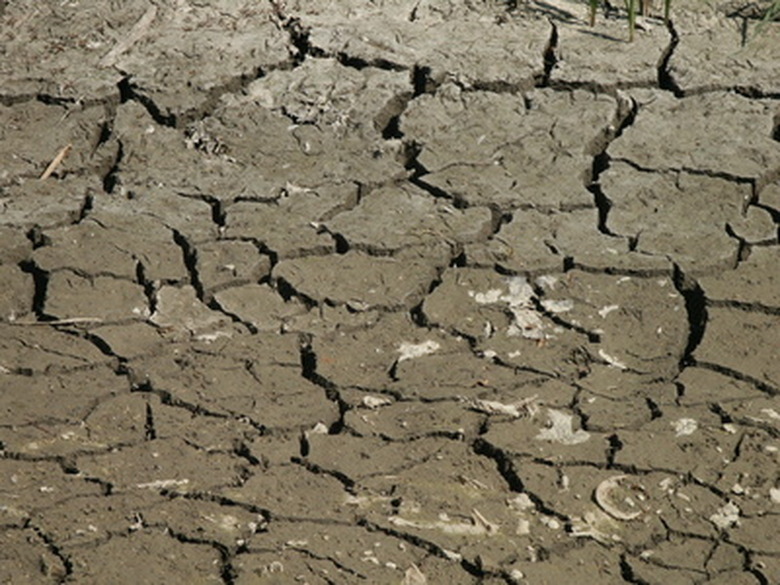How To Fix Alkaline Soil
Most plants grow optimally in soil with a pH between 6.0 (slightly acidic) to 7.5 (slightly basic). If you decide to plant an acid-loving plant or the pH of your soil is simply too high to provide the right environment for plants, you may want to lower the pH of your soil. Doing so can also relieve compaction and poor drainage. Knowledge of how to amend your soil so that the pH decreases will help make a more hospitable home for your plants.
Step 1
Perform a soil test to determine just where the pH of your soil lies. You can do this by using an at-home soil test kit or by bringing a sample to your local extension office.
Step 2
Place down a 2-inch layer of sphagnum peat moss on top of the alkaline soil. Dig 8 to 12 inches into the soil with a spade, mixing the peat moss as you go. Sphagnum peat moss is an acidic amendment that will both improve drainage and lower the pH of the soil.
- Most plants grow optimally in soil with a pH between 6.0 (slightly acidic) to 7.5 (slightly basic).
- If you decide to plant an acid-loving plant or the pH of your soil is simply too high to provide the right environment for plants, you may want to lower the pH of your soil.
Step 3
Lay down 6 to 10 pounds of elemental sulfur per 1000 square feet. Mix it into the top 8 to 12 inches of soil. The sulfur will slowly oxidize in the soil to form sulfuric acid.
Step 4
Test the soil again after three months. If you are happy with the result, stop amending your soil. If you want to lower the pH even more, apply the elemental sulfur to the soil again.
Fix Alkaline Soil With A Ph Of 7.5
When considering soil test results, don't think in absolutes. Soil type and composition, biological activity, organic matter, soil salts and soil moisture all influence your results. Variability comes with the territory. The pH scale runs from 0.0 to 14.0, with pH below 7.0 considered progressively more acidic and pH above that mark deemed increasingly alkaline. For plants to use soil nutrients — naturally present or added through fertilizers — the nutrients must stay soluble. Overdoing pH adjustments can leave soil toxic, so follow recommendations closely. Wear protective clothing, including gloves and safety eyewear, whenever using chemicals, and avoid all contact with exposed skin. Consider container growing for plants that demand acidic soil. For most other plants, 7.5 pH soil may be ideal.
- Lay down 6 to 10 pounds of elemental sulfur per 1000 square feet.
- Overdoing pH adjustments can leave soil toxic, so follow recommendations closely.
Things Needed
- Soil test kit or soil sample
- Sphagnum peat moss
- Spade
- Elemental sulfur
Tip
Incorporating sphagnum peat moss in your soil is good for a small plot. It may, however, be too expensive for a large plot of land. Repeat the sulfur application every three months until you achieve the pH you want.
References
- Utah State University Cooperative Extension: Solutions to Soil Problems
- Iowa State University: How to Change your Soil's pH
- Washington State University: Some Thoughts on Soil pH, Fertilizers and Lime
- University of California Cooperative Extension Ventura County: Soil pH — 2001
- American Rhododendron Society: Tips for Beginners: How to Adjust Acidity Levels in Your Soil
